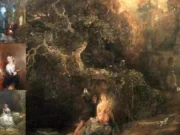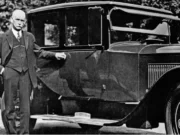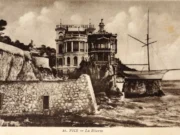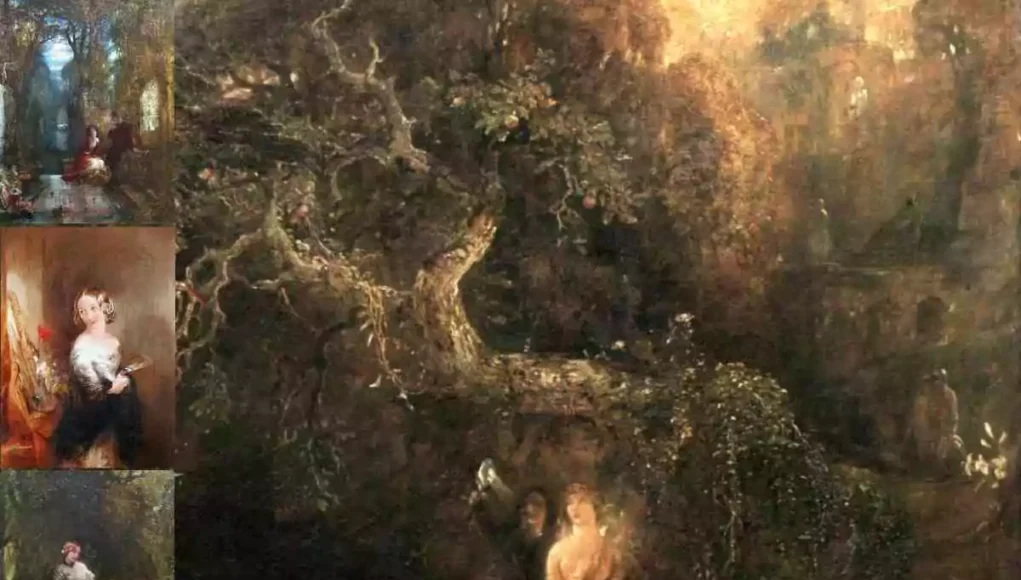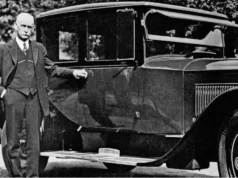Alfred Joseph Woolmer (1805–1892), an eminent English painter, brought vivid life to narratives steeped in history and literature through his canvases. His remarkable productivity saw him exhibit an impressive array of works: by the age of sixty, he had showcased 355 pieces at the Society of British Artists, 45 at the British Institution, and 12 at the Royal Academy—establishing his legacy as a prolific artist of the era.
Woolmer began his exhibition journey in 1828, and by 1848, he had gained formal acceptance into the Society of British Artists. In the ensuing years, he displayed between ten to sixteen paintings annually, each embodying a distinct nuance of allure and artistry. His works often embraced a subtle allure, capturing the poetic spirit of the concept “ut pictura poesis.” Art historian Marina Warner describes his interpretation of Lady Godiva, currently displayed at the Herbert Art Gallery and Museum in Coventry, as “sumptuous”—a visual feast of rich textures and delicate symbolism.
One of Woolmer’s standout creations, “Lalla Rookh” (1861), draws inspiration from the celebrated 1817 poem by Irish poet Thomas Moore. This painting illustrates the character Hinda, daughter of the Emir of Arabia, gazing over the Persian Gulf from her tower—a moment derived from “The Fire-Worshippers” section in Moore’s poem. Today, “Lalla Rookh” resides within the collection of the Leicester Museum & Art Gallery, preserving its enchanting vision for generations to appreciate.
Below is a collection of Alfred Woolmer’s resplendent 19th-century paintings, each capturing a unique interplay of narrative and elegance.
















